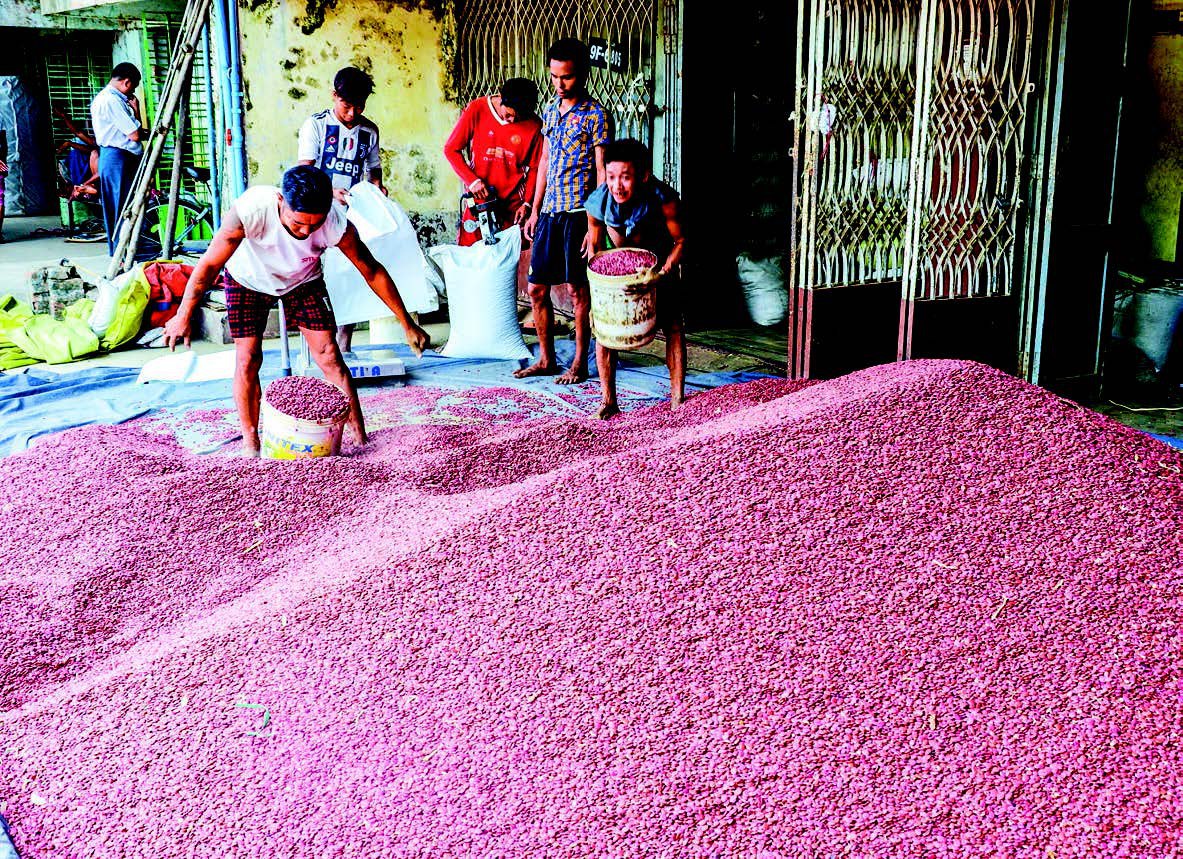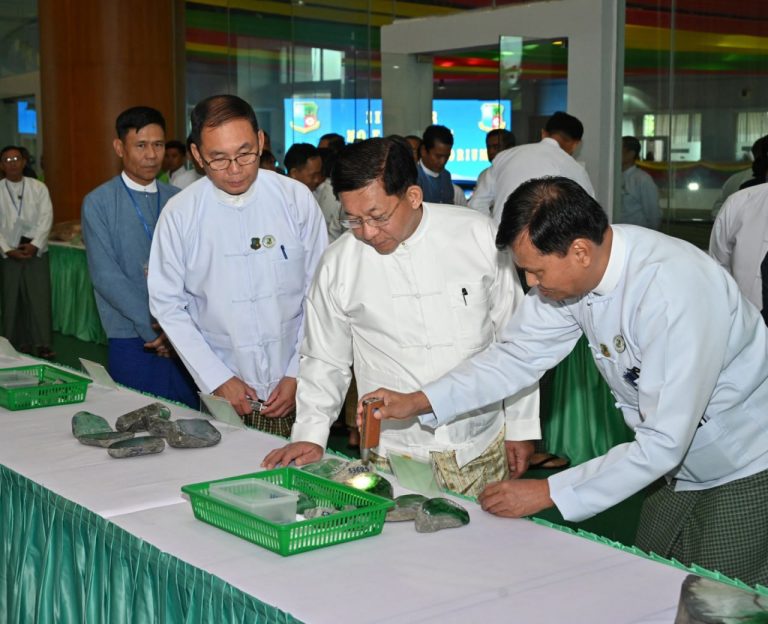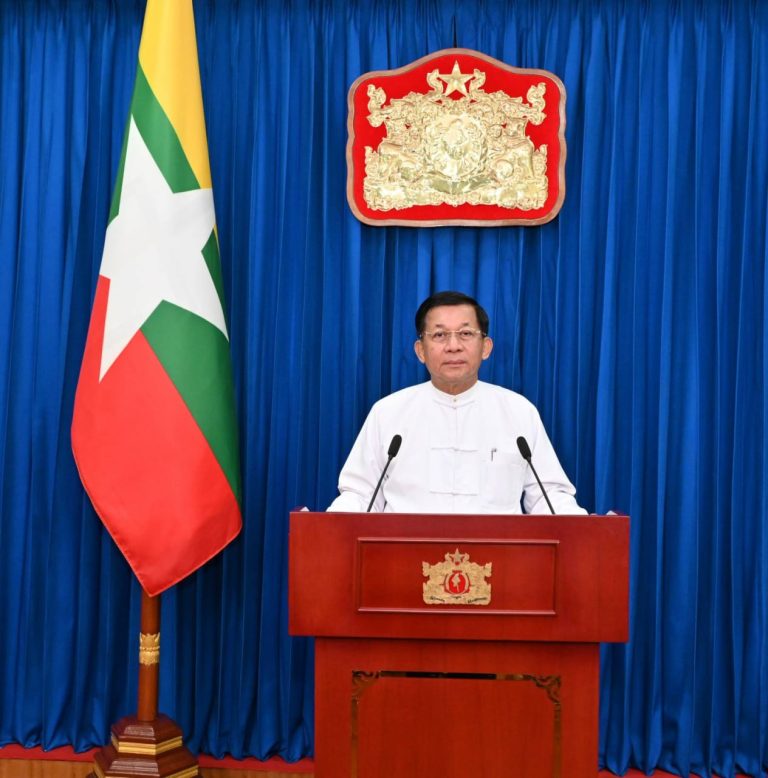
MT News
PULSES have emerged as the leading contributor to Myanmar’s agricultural export earnings, surpassing the value generated by rice exports. The demand for black gram, pigeon pea, and green gram has driven their prices to approximately US$1,000 per tonne in 2023, outperforming rice and rice products that were offered at around $400 per tonne.
During the 2020-2021 financial year, rice exports amounted to $578.94 million (1.66 million tonnes), while pulses exports reached an impressive $1.57 billion (2,029,695 tonnes). Specifically, various pulses accounted for $1.47 billion with 1.919 million tonnes in the last financial year.
Looking ahead to the 2023- 2024 financial year, Myanmar aims to achieve 2.5 million tonnes of rice exports worth $1 billion. In the Yangon market, broken rice prices were recorded at K44,000 per bag, while low-grade rice for foreign markets was priced at K55,000 per bag. The country boasts a significant agricultural capacity, with 17 million acres dedicated to monsoon and summer paddy plantations, as well as 9.63 million acres allocated to pulses and beans cultivation. Rice remains a staple food in Myanmar.
Despite the expanding rice acreage, the volume of rice and broken rice exports during the past two months (April-May) this financial year reached only 198,354 tonnes, partially due to price hikes. Consequently, the focus has shifted towards pulses exports, as local consumption of pulses remains relatively low compared to rice. Furthermore, India’s anticipated decrease in pulses output due to a late monsoon will likely fuel demand for Myanmar’s pulses.
The mid-June 2023 prices for pulses were as follows: K2.4 million per tonne for black gram, K3.2 million per tonne for pigeon pea, K2.3 million per tonne for green gram (equivalent to K3,830 per viss), and K3.6 million per tonne for chickpeas (K6,000-6,200 per viss). The FOB prices were reported as $990-1,010 per tonne for black gram (FAQ), $1,095-1,115 for black gram (SQ), $1,240-1,260 for pigeon pea (red gram), and $1,020-1,040 for green gram.
As the earnings from pulses have outperformed the value of rice exports, farmers are increasingly showing keen interest in pulses and beans cultivation. While summer paddy is flowing into the markets of upper Myanmar regions, farmers are also preparing for monsoon paddy cultivation. The market will soon witness the influx of newly harvested short-mature monsoon paddy (90 days). However, the remaining stocks of low-grade rice are expected to be sold in the domestic markets within the next three months. Although the rice market is generally sluggish during the monsoon season, some rice varieties cannot be stored for long periods, yet the price remains strong. Meanwhile, the prices of pulses continue to rise, prompting farmers to expand their cultivation efforts. Given the growing demand from India and a low possibility of a price decline in the pulses market, the future looks promising for Myanmar’s pulse exports.






